7 Innovative Cooking Thermometer Uses

We all love multitasking utensils and accessories! After all, why buy several items when one item can do many things?
So far, we've had:
18 Surprising Things You Can Do With A Food Grater
5 Clever Ways To Use A Kitchen Timer
30 Ingenious Ways To Use Your Kitchen Shears
14 Clever Tricks With A Kitchen Peeler
4 More Clever Ways To Use A Kitchen Timer
But a food thermometer?? Most people will admit, if they do have a thermometer, it comes out once a year for Thanksgiving.
Other more savvy people will use it when barbecuing to check the temperature of burgers and other foods, and we certainly believe that a cooking thermometer should be an absolute essential BBQ tool (what you REALLY need, and what you don't)!
But, when you think of 'multitasking', a food thermometer is not generally something that comes to mind. What else do you do with it apart from taking meat temperatures for safety?
Prepare to be surprised! A kitchen thermometer can be a very useful tool, not only in the kitchen, but also in other parts of your home...

1) Bread making:
Making the perfect loaf truly is an art, and one of the key stages where amateur bakers make a mistake is adding the yeast at the wrong time.
The yeast needs to be added to water that's at a specific temperature. Most people rely on their eyes, or by dipping a finger into the water, to guess the temperature.
Which is all good and well when you're a baking expert who has been creating amazing bread for several years!
If you're not a master baker, then a great 'cheat' is to use your food thermometer instead.
Dip into water for a few seconds and you now have the precise temperature of the water (check your brand of yeast for what temperature is optimal).
2) Bread making (second tip):
It's not just when you add yeast that you need to check the temperature. A kitchen thermometer is a fantastic tool to ensure that your bread is done.
When checking bread for 'doneness' by sight or touch, you risk either over baking it (and creating a dry bread) or under baking it (where the bread tastes chewy).
Instead, insert your food thermometer into the top center of your risen loaf, and make sure it registers to 190° to 200° F – no guesswork required.
3) Check the temperature of your fridge:
We all know we put perishable foods into the fridge to keep them cool so they last longer.
But, did you know, with some foods, if the temperature is just a couple of degrees warmer than the optimal fridge temperature, you could be losing days of freshness.
That means more food being thrown away, just because your fridge wasn't cold enough!
The opposite problem (having a fridge that's too cold) also costs you money – we've already talked about how an overly cold fridge is a money drain!
The perfect fridge temperature is between 36°- 38°F. If you don't have a fridge thermometer, here's a quick fix!
Place your food thermometer into any liquids in your fridge, such as milk or juice, and make sure it registers to between 32° to 40° F.
Now you know if your fridge is too warm, too cold, or just about right!
4) Check the temperature for homemade ice cream:
No shop bought ice cream ever tastes as good as homemade!
But making ice cream is difficult as, once you've made the custard base, you need to allow it cool sufficiently before you place it in the refrigerator to chill overnight.
Put the custard into your fridge too early, and the eggs in your custard will scramble – yuck!
Stop guessing and, instead, place your cooking thermometer into the center of the custard mixture.
Ensure it registers between 175° to 180° F for one minute. If it's too hot, leave the mixture at room temperature for a little longer, and then check again with your thermometer.
Only place your ice cream into your fridge once it hits the correct temperature and stays there for a minute. Perfect homemade ice cream every single time!

5) Cook perfect poached eggs:
Poaching an egg correctly is actually quite difficult. You want the yolk to be runny but, at the same time, you want them to stay intact and not dilute into the hot water.
Instead of just guessing when the water is 'just right', just dip your cooking thermometer into the water and check that it is at 180° F. That's the optimal temperature for runny but intact yolks!
6) Reheating leftovers:
Here at Chef Remi, we're real advocates of not wasting food. And some leftover foods taste even better the next day. But no one likes siting down to what they think is a piping hot meal, only to find a cold, soggy center!
Use your food thermometer to quickly check the inside temperature by inserting it right into the center of your leftover meal – problem solved!

7) Check your water heater temperature:
Your water heater should be heating your water to an ideal temperature of between 120° F and 140° F. The dials on the heater are not always very accurate. Instead, get a bowl and place your food thermometer in it.
Now, turn on the hot tap in your kitchen sink and run the water into the bowl over the thermometer for a minute or so, until the digital reading stops at a certain temperature. If it's reading a temperature hotter than 140° F, you have an overactive water heater!
Adjust your heater settings and keep testing the temperature of the water coming from your taps until the temperature is just right.
You could end up saving hundreds of dollars annually from making sure your heater is not wasting your money heating water to overly high temperatures!
Have you used your cooking thermometer for any of the above uses? How did it go?
And do you have any other unusual uses for your food thermometer that’s not on our list? Tell us! How do YOU use your Chef Remi Digital Cooking Thermometer??



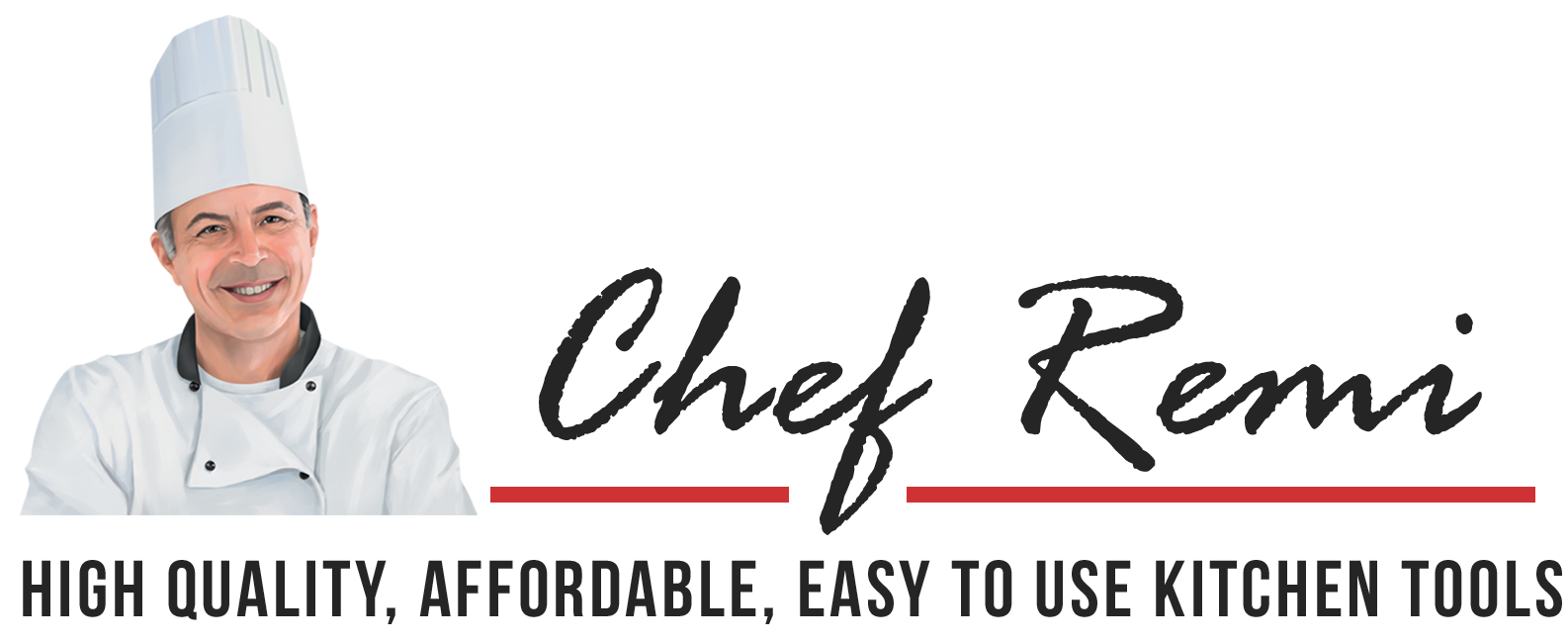


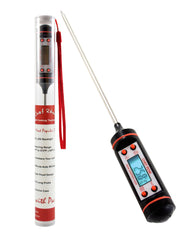
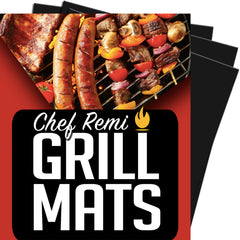
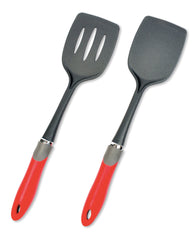
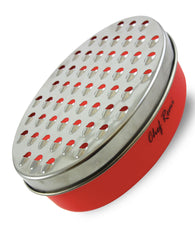
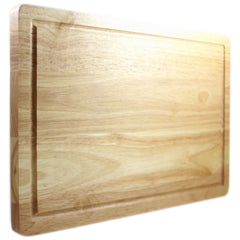
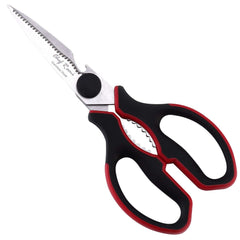
Comments
Ronan#1
thank you, this information has really helped me out in the kitchen, my thermometer was just lying around in the kitchen until i read this and realized how many ways i can use it.
Tas Pardalis#2
I like making bread, what are some ingredients i can put in the bread to make it nice to eat and to share with friends.